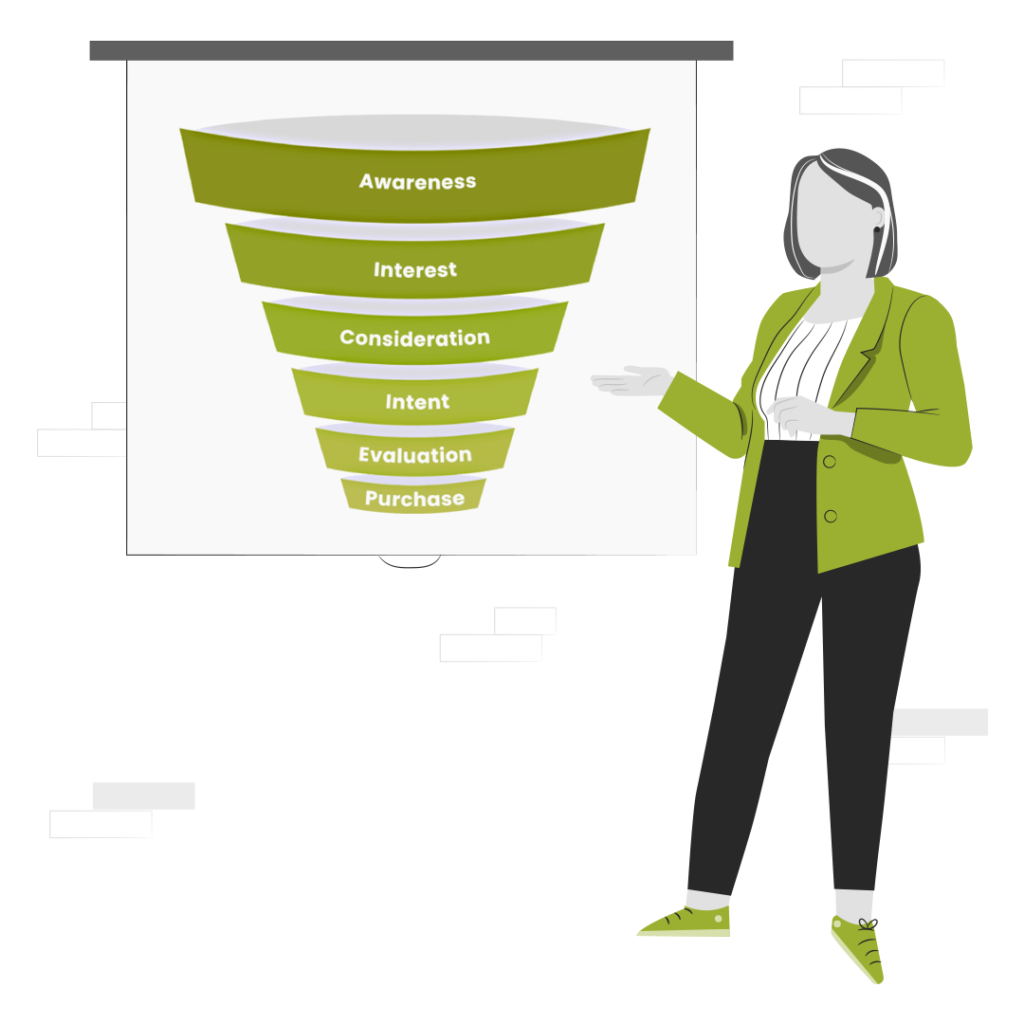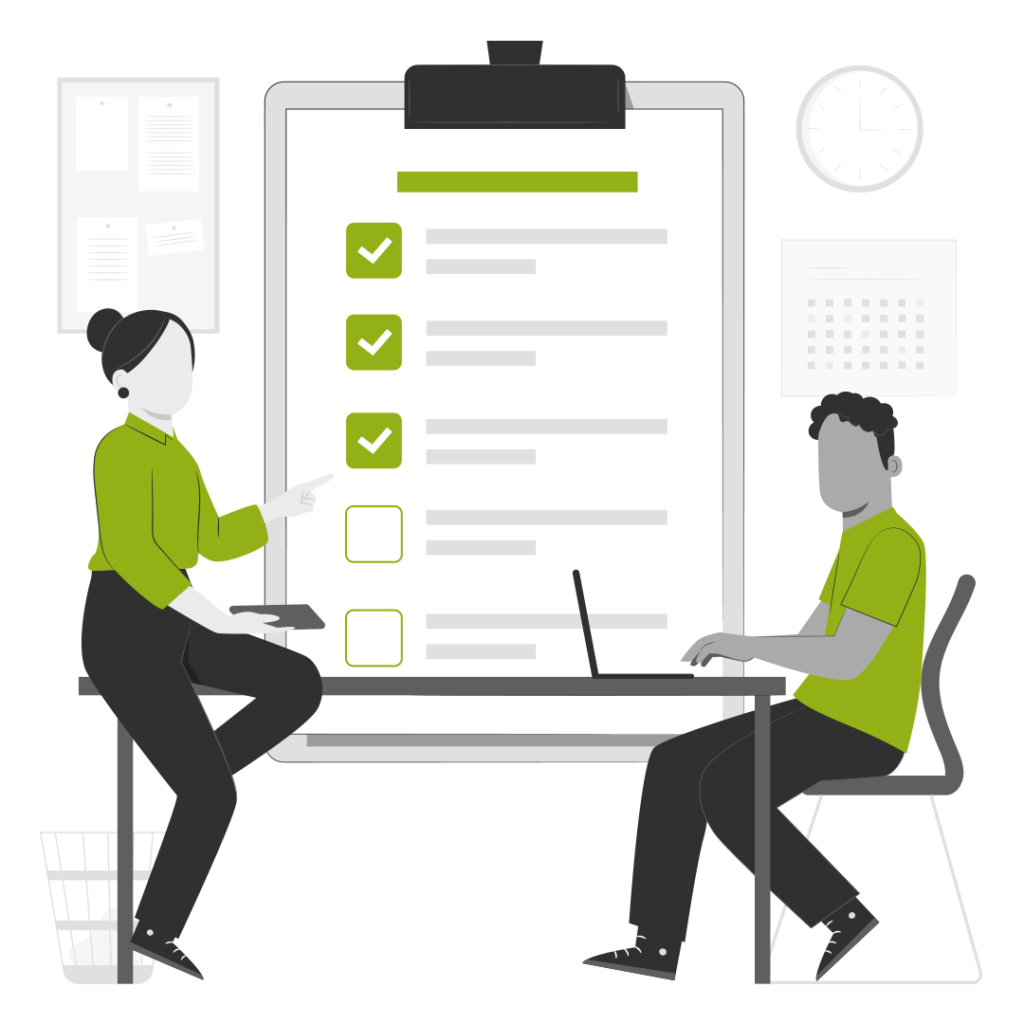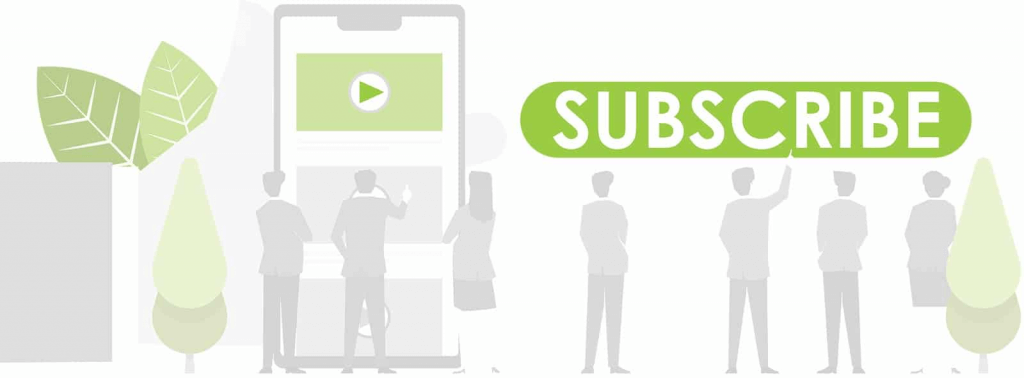Growing your small business is no easy feat—especially when you don’t have the digital advertising budget of some of your larger competitors.
The good news? That’s exactly what Regina and her team at StarterPPC (our sister company) are all about.
In this video, Regina breaks down what it means to actually achieve growth as a small business and why so many of those businesses feel like they hit a wall when attempting to grow and scale with Google Ads.
First, it helps to understand the sales funnel.
The sales funnel represents the customer journey from learning about your brand (awareness) to deciding to make a purchase (intent), and finally to completing that purchase (action/conversion).
While there is no right or wrong way to go about capturing prospective customers at any stage of the funnel, what Solutions 8 founders Kasim and John discovered was that Google Ads has enormous growth potential toward the bottom of the funnel (BOF), especially for small businesses.
Why? Because folks at the bottom of the funnel have done their research, narrowed down their choices, and are now ready to buy. In other words, they have their wallets in hand and they’re just looking for which product or service to buy right now.
So, when you start out as a small business, it makes sense to start at the bottom of the funnel and move your way up as you grow—targeting the low-hanging fruit, so to speak, because just one or two clicks and they’re ready to buy, explains Regina.

How do you identify the BOF consumers?
Easy!
They’re the ones typing your targeted keywords into the Google search bar.
Because StarterPPC works with businesses with budgets of $5K or less, most of the clients they work with will focus mainly on BOF traffic, and oftentimes it’s easy to get a high return.
“Because you’re so small that you’re not even maxing out the bottom-of-funnel traffic yet,” says Regina “So you can kind of just carve out a corner of the market and you don’t have to pay the really competitive high price cost-per-clicks and you can get a higher return than even your larger competitors are getting.”
Sounds great, right? So, where's the challenge?
For small businesses looking to grow and scale with Google Ads, the challenge begins because oftentimes when you add budget, your return goes down, your cost per acquisition (CPA) goes up, or your media efficiency ratio (MER) shrinks.
(Note: CPA can mean cost per lead or cost per customer, whichever metric you’re looking at.)
So, explains Regina, you have to decide if you want to stay small or try to pass this chasm of growth. And it becomes really hard because your MER is shrinking but you’re not yet making enough profit to cover your overhead (like your larger competitors are), so your return is shrinking and you need more profit.
Without getting too in the weeds about it, this happens because growth means going up the funnel, and that means targeting people who are not at the buying stage yet. And that means you need more budget to create more ads (for middle- and top-of-funnel audiences), and generally more time to get people “warmed up” and ready to buy.
Simply put, the only way to get more profit is to grow, but the growth brings shrinking returns, and for this reason many businesses just decide to stay small—which is exactly why Regina made this video.

Apply these strategies to make Google Ads work for your small business.
According to Regina, in order to run those middle- and top-of-funnel ads, businesses need more than a “bare-bones drop shipping store” or a very basic website with just a few service pages and a Contact Us button.
Sure, these things are fine when you’re just trying to get the gears going on your business, but what Regina says next makes a lot of sense:
“I think the mistake clients make is they hire an agency like us and they expect us to be able to just grow the ads in a vacuum, but they’re not putting the other pieces in place that we need in order to help them grow. What we need our clients to do while we’re building the ads is to build a brand.”
And how do they do that? Start with these strategies:
1. Optimize your website.
Build out your website with high-quality content, create product pages that are robust and helpful, check your page/site load speed, and make sure your site is mobile friendly. Search engine optimization (SEO) is really important, but consider adding regular blog content, which will encourage Google to rank your site higher in search results. Check out Kasim’s video: 10 Key Elements for an Advertising-Ready Website.
2. Videos, videos, videos.
“I cannot stress enough how valuable YouTube channels are,” says Regina. “What’s really cool about YouTube is that every video you make while you’re working with us and you give it to us to run either for YouTube remarketing or YouTube outbound, it builds in views because of the ads.” And Google will see those views and count them just the same as it would an organic view, she explains, meaning the algorithm is more likely to show your brand as opposed to a competitor.

3. Post on social media.
Creating social media posts and engaging with your followers is also an important part of building brand awareness, fostering trust in your business, and growing a loyal customer base. Just like having a fully optimized website and an active YouTube channel, it shows potential buyers you’re not just another drop shipping site in it to make a little fast cash. If you don’t build trust, people will likely just go on over to Amazon and buy what they need there.
4. Create landing pages (and lead magnets).
With top-of-funnel searches, says Regina, it’s important to have something to offer people—and landing pages and lead magnets are a great way to do that. Basically, ya gotta give folks a little something for nothing. For TOF searches, sending them to a value-bomb landing page that provides a solution to their primary pain point (and a freebie lead magnet if you have one) is a great way to generate interest and get people to come back for more.

A quick list of important don'ts.
Before wrapping up the video, Regina shares a quick list of “don’ts” for small businesses looking to grow and scale with Google Ads.
Ready? Let’s do this:
- DON’T run TOF campaigns with open-ended audience targeting. Instead, choose a hyper-targeted audience; otherwise, Google will just take your money and show your ads to anyone and essentially waste your advertising dollars.
- DON’T turn off your TOF campaigns just because you’re not seeing conversions show up in Google Ads. It can take days, weeks, and sometimes even months for people to convert, so it’s very common for top-of-funnel campaigns to show zero conversions even though they did have an influence on the sale. What they do is help increase the conversion rate on your BOF ads. If you turn them off just because you don’t see conversions, you’re going to reset the learning algorithm and you’ll be starting again from square one.
- DON’T lower your overall Google Ads budget (with the exception of seasonality). If you have a bad month and you decide to lower your budget because you don’t want to risk another bad month, you’re really just shooting yourself in the foot. Why? Because all of that learning the algorithm just did to expand its knowledge of your market goes away, and it has to start all over again.
- DON’T apply a tROAS rule or a tCPA bid setting and just leave it on. Every time you apply those settings they should be applied temporarily. That’s because when they’re applied, the algorithm only goes after a small segment of your market and it stops learning about all the other data that it was working on. In fact, all that data gets old and you’ll find that the budget won’t spend fully, and your entire account will start to shrink. So, while these strategies are great for hitting short-term goals, for example if you need to push the algorithm for a week, but don’t leave them on.
The takeaway
At the end of the day, if you decide to work with an agency and you’re not actively taking the necessary steps to build brand awareness, grow your audience organically, and give Google the time it needs to learn and grow, you will definitely hit a wall. But if you follow Regina’s advice and apply these simple strategies (and avoid the important “don’ts”), you’ll be well on your way to growing and scaling your small business with Google Ads.
Author
Pamela is the Senior Content Writer at Solutions 8. When she's not writing, you can find her hiking in the woods with her dogs. She is currently on a quest to visit every national park in the United States.


